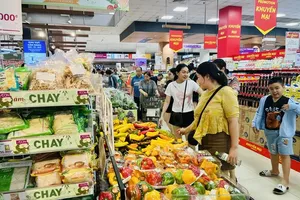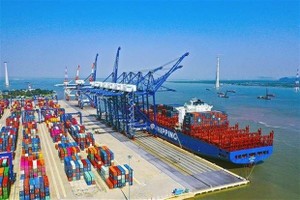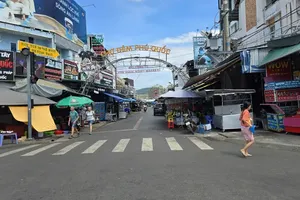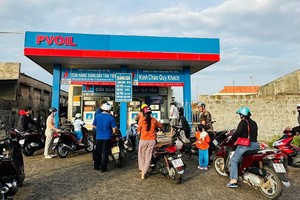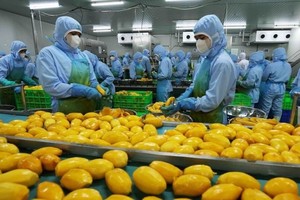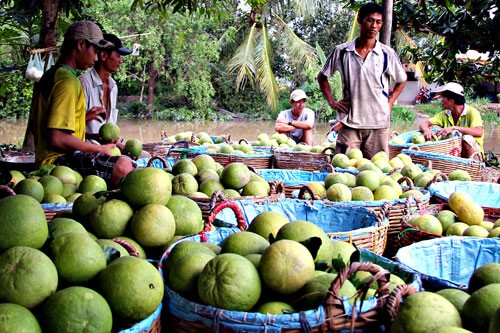
It is the third type of Vietnamese fruit that has been permitted to be imported into South Korea, following dragon fruit and mango. It contributes to strengthening the brand and reputation of Vietnamese agricultural products.
Currently, the whole country has more than 100,000 hectares of pomelo cultivation, with an output of over 900,000 tons. The Mekong Delta region has a pomelo-growing area of about 32,000 hectares with an output of 370,000 tons. The region is regarded as the country’s major pomelo-growing area.
The localities have large areas of pomelo cultivation including Ben Tre with more than 8,800 hectares, Vinh Long with over 8,600 hectares, and Dong Nai with more than 5,400 hectares. Famous varieties of pomelo with high export value include Nam Roi pomelo, green-skinned pomelo, and Tan Trieu pomelo.
After three months of collecting opinions from relevant units, the Animal and Plant Quarantine Agency of Korea (APQA) has announced regulations for importing fresh pomelo fruit from Vietnam on its website.
According to the Plant Protection Department under the Ministry of Agriculture and Rural Development, the RoK, a market of 50 million consumers, is considered a potential market for Vietnamese products, including pomelo.
Pomelo is one of the 14 key fruits selected for a project on developing fruit trees by 2030 approved by the Ministry of Agriculture and Rural Development in 2022, including dragon fruit, mango, banana, lychee, longan, orange, grapefruit, pineapple, rambutan, durian, jackfruit, passion fruit, avocado, and custard apple.
Fresh Vietnamese pomelo has been exported to 13 countries and territories globally, including the United States and New Zealand.
